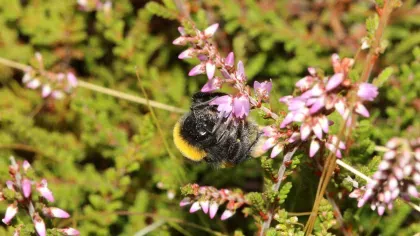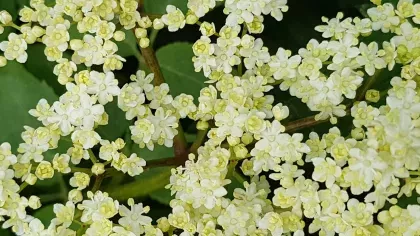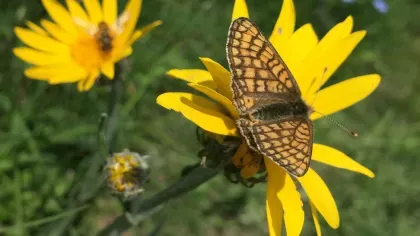18 June 2020
Deceptive plant smells: Camouflaging with odour
Plants are using clever tricks to avoid being eaten.

How do plants in complex communities avoid being singled out by herbivores? This has been a longstanding enigma in natural history.
Information, for example speech, smell or appearance, is the currency of communication.
If I wanted to send a written message, I might use plain language with familiar words to be easily understood.
For a secret message, I might use code, or even encryption, to make it difficult to decipher and avoid the information being decoded by someone intercepting it.
Odour codes
Just like words in a paragraph, plants produce a profuse diversity of odour compounds. These are the natural chemicals that make plants smell.
For some plants, like culinary herbs, these smells are distinct. For example, we can easily distinguish oregano from rosemary by decoding the information (odours) they emit.
In a similar way, insect herbivores can detect odours (or decode chemical information) to identify and locate suitable plants for food.
Easily distinguished odours (or easily decoded information) is to the herbivores advantage and the plants’ disadvantage.
We therefore have an information arms race. Plants want to avoid being located and eaten, and the herbivores want to find food as easily as possible.
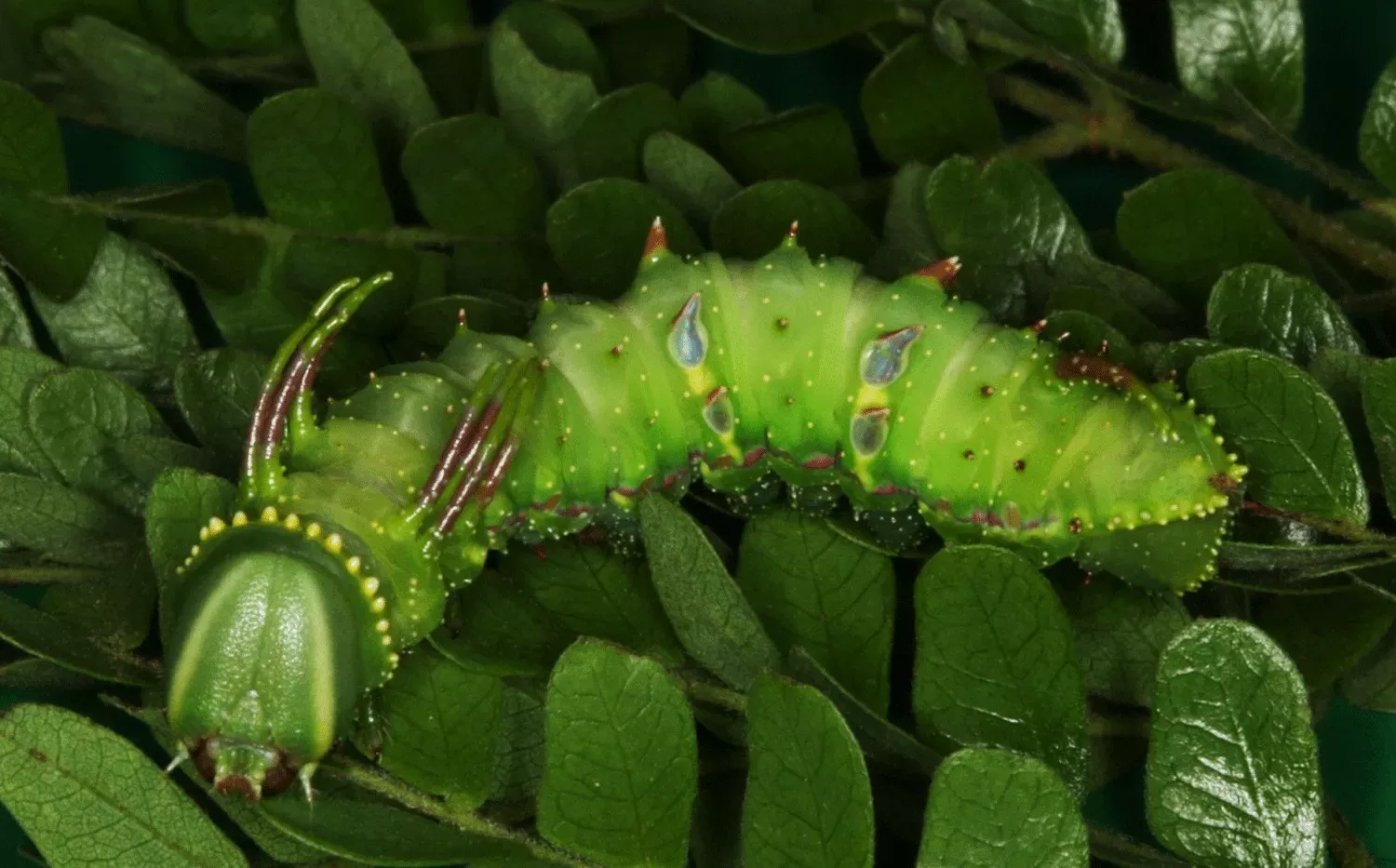
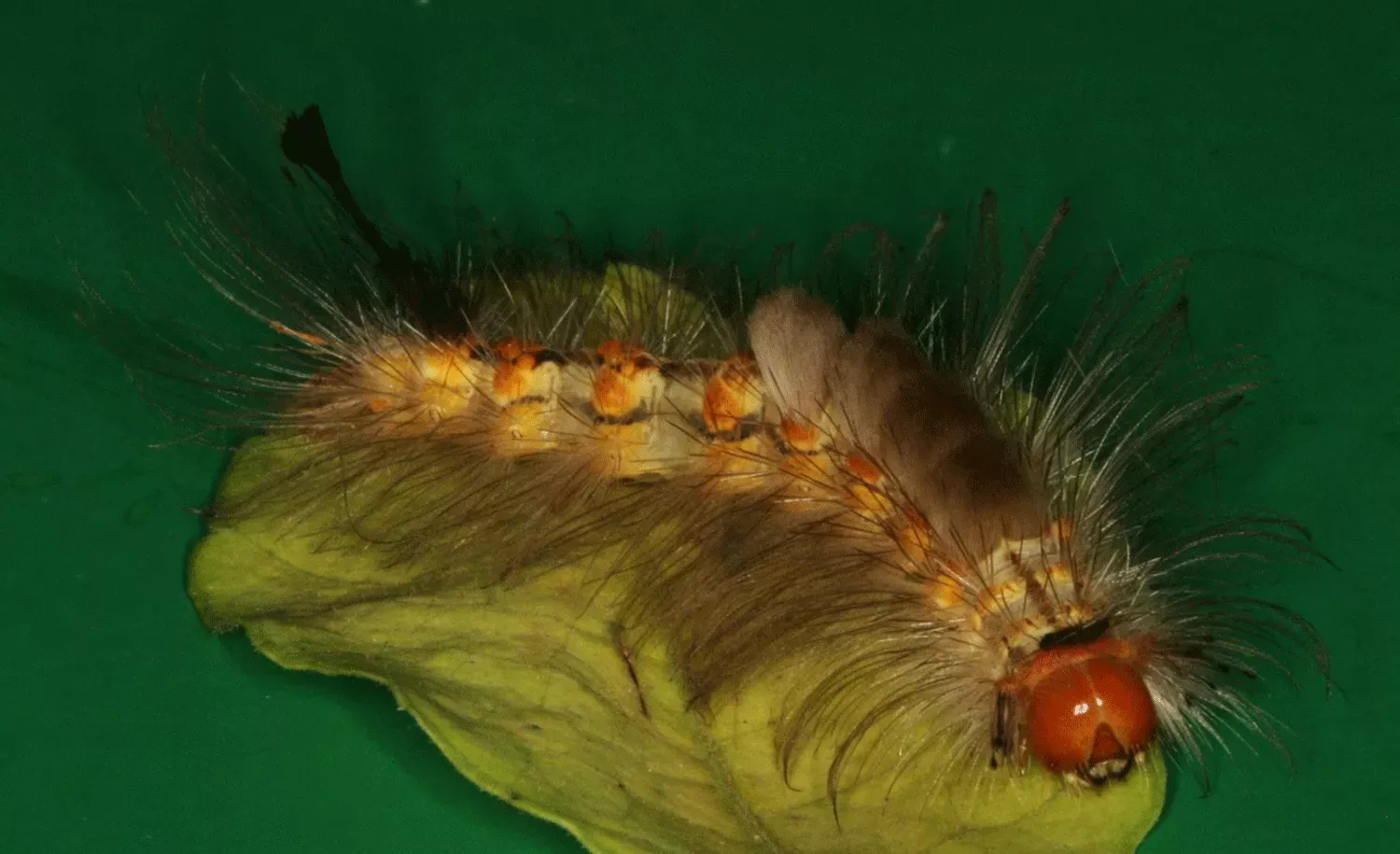
Hiding in plain sight
To test this theory I’ve been collaborating with scientists at Massachusetts Institute of Technology (MIT), National Autonomous University of Mexico (UNAM) and University of Zurich, recording numerous plant-herbivore (butterfly and moth caterpillar) interactions and plant-compound associations in a Mexican tropical dry forest in the Chamela-Cuixmala Biosphere in Jalisco.
My colleague Pengjuan Zu, now at MIT but who previously worked at Kew during this research, collected plant odours from the field and brought them back to our labs for analysis.
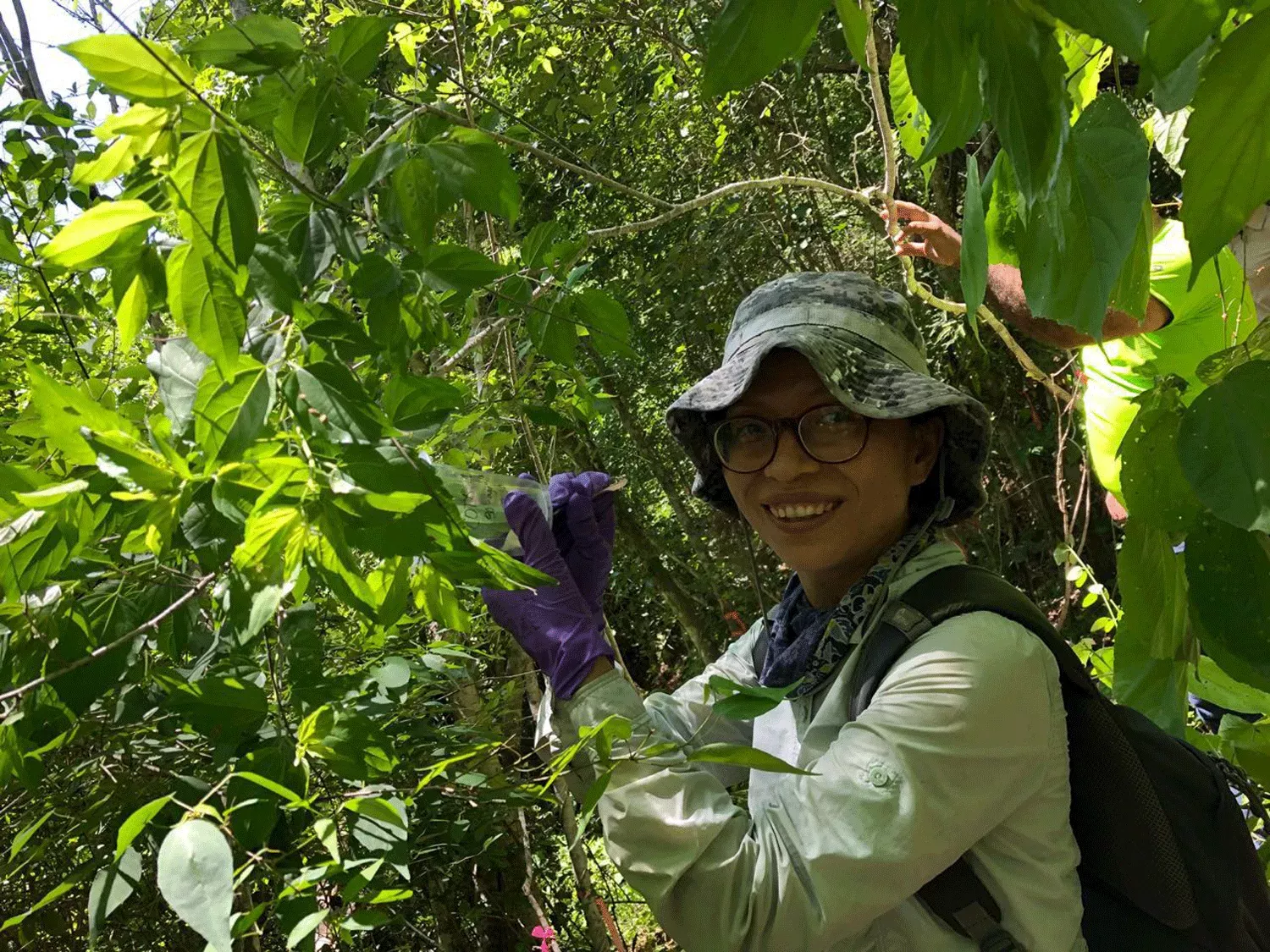

We specifically examined the idea that in complex natural communities, such as mixed forests like the one in Mexico, plants evolve to avoid being eaten (herbivory) by producing information (odours) that is difficult to decode because they are so similar to compounds produced by other plants, making themselves difficult to locate.
Meanwhile, herbivores evolve to identify suitable food sources by decoding this information, such as learning to recognise the one volatile compound or odour that is different between two plants.
Fitness is based on information and plants appear to be winning the information arms race.
We’ve shown that, by sharing so many common odours across different plant species in the community, plants are literally hiding in plain sight.
Chemical camouflage
While we have known for decades that insects use odour signals to find host plants for laying eggs and for food, these interactions have typically been explained based on one or two specific compounds that the insects respond to in isolation, and in specific plant-insect interactions.
This is the first mechanistic explanation of plant-herbivore interactions at a community level and provides real-world evidence of the ecological functions of widely occurring plant odours.
We now know that all the chemicals produced by plants carry information which have an important role in chemically camouflaging plants in a complex plant community.
The similarity in odour chemistry across species favours plants. This is because decoding information or distinguishing among different plant species in a community, and so host location, becomes more difficult for herbivores.
Herbivores adapt via improved capacity to identify the compounds that differ across species and are coerced into specialisation as a consequence of information decoding, rather than necessarily the suitability of different plants as food sources.
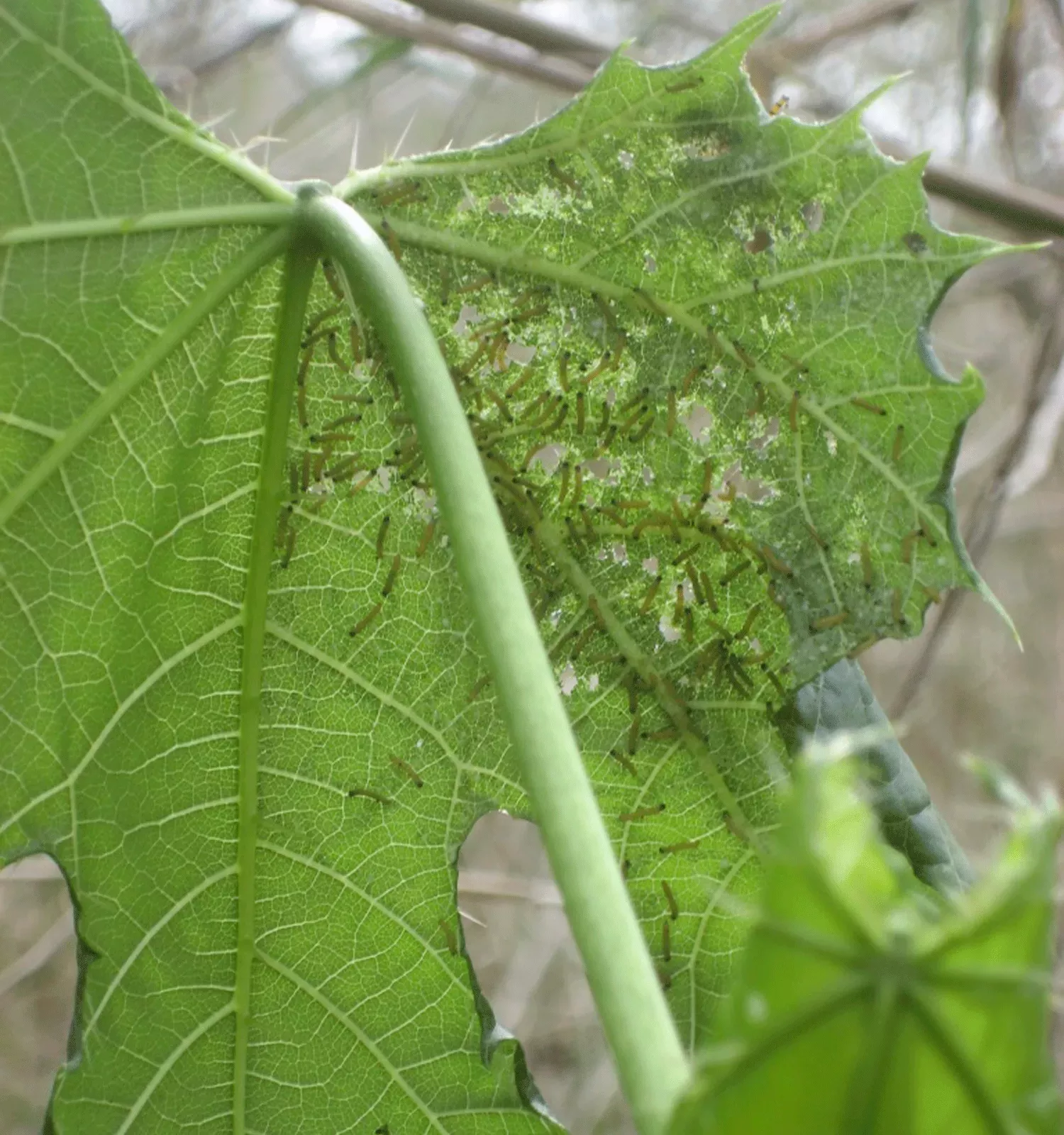
Read the paper
Zu, P., Boege, K., del-Val, E., Schuman, M.C., Stevenson, P.C., Zaldivar-Riverón, A. & Saavedra, S.(2020). Information arms race explains plant-herbivore chemical communication in ecological communities. Science 368: 1377-1381.
Acknowledgements
Thanks to my collaborators:
Penguan Zu (MIT)
Ek del Val de Gortari (UNAM)
Meredith C. Schuman (UZH)

